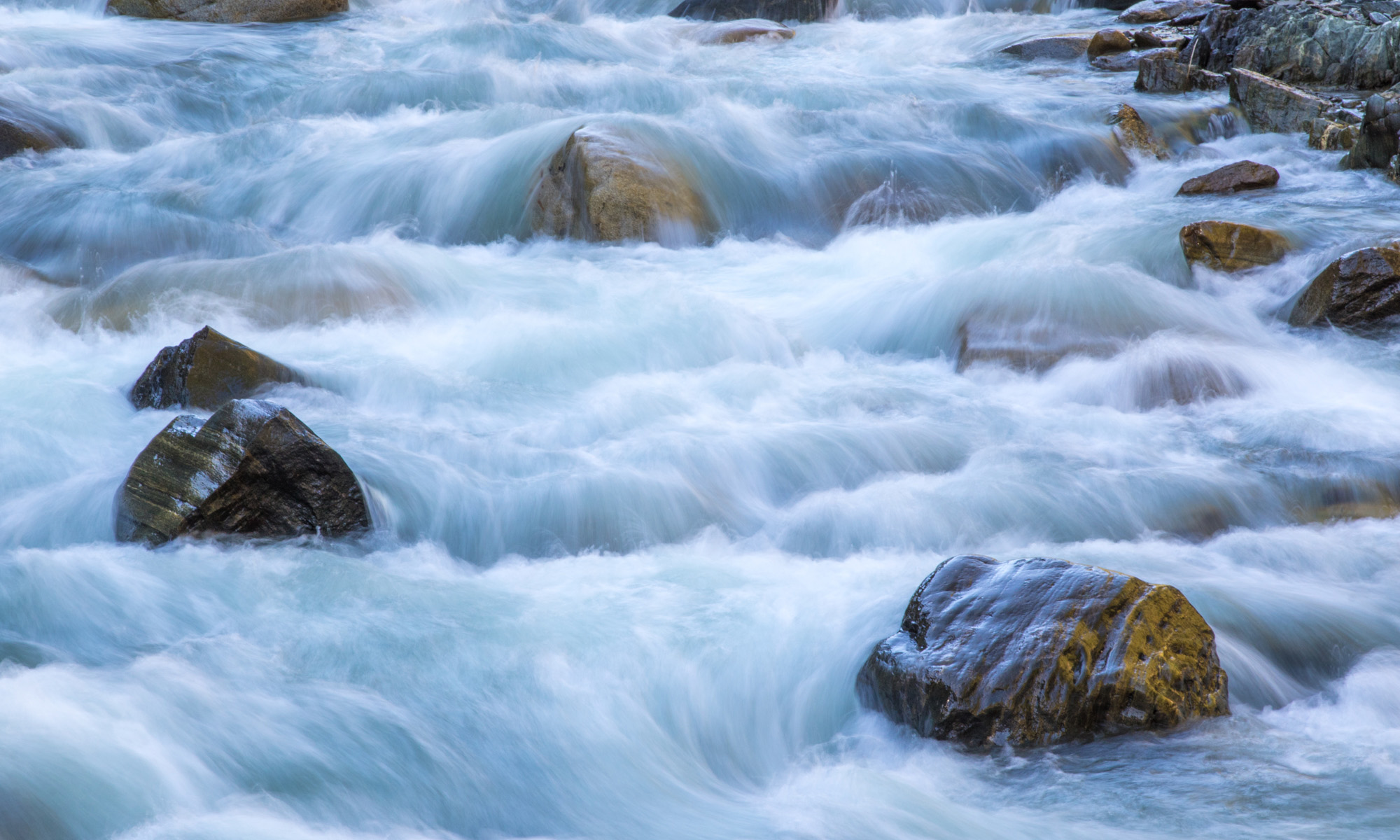Today’s Question: I just checked and my catalog is simply called “Lightroom Catalog.lrcat”. That seems perfect. The problem is, it’s in a folder called “Lightroom Catalog-v14.” That’s less than ideal given that it should be v15. Can I safely rename the folder? What’s going to happen when there’s a new major upgrade?
Tim’s Quick Answer: Yes, you can rename the catalog folder but be sure to quit Lightroom Classic first and be sure that there aren’t any photos stored within the same folder structure as the catalog. There won’t be any changes to the folder or catalog names moving forward.
More Detail: Adobe recently changed their approach to renaming the Lightroom Classic catalog when a new major version is released, in that the catalog won’t be renamed anymore. There is a Rename Catalog command on the File Menu, but in this case the catalog name doesn’t need to be changed, so you can just change the folder name manually.
First, be sure to quit Lightroom Classic so the catalog files aren’t in use. Then navigate to the folder location for the catalog and rename the folder to your preferred name. You can then open that folder and double-click the primary catalog file (the one with the .lrcat filename extension) to open that catalog with Lightroom Classic.
I also then recommend going to the General tab of the Preferences dialog to make sure your catalog in its current location is set as the Default Catalog. This will ensure that if you simply launch Lightroom Classic it will always default to opening that catalog, so you don’t inadvertently open a different catalog (such as a backup) thinking it is your “real” catalog.

